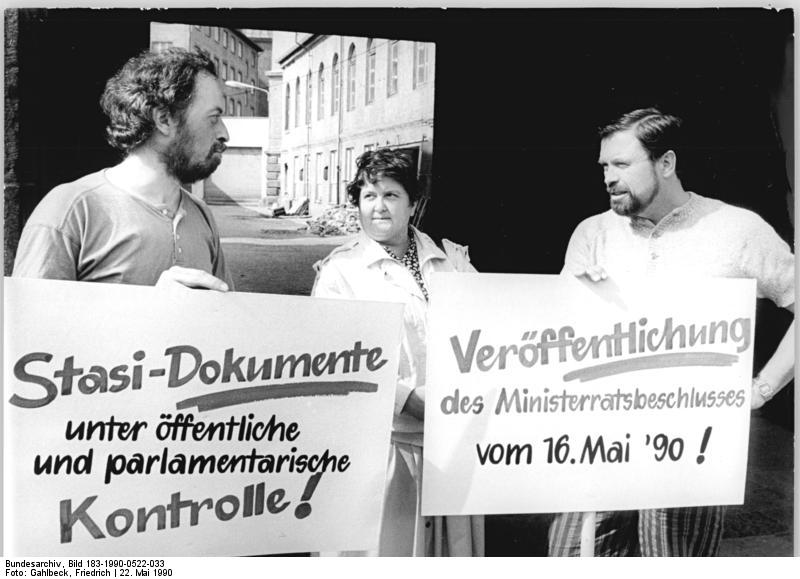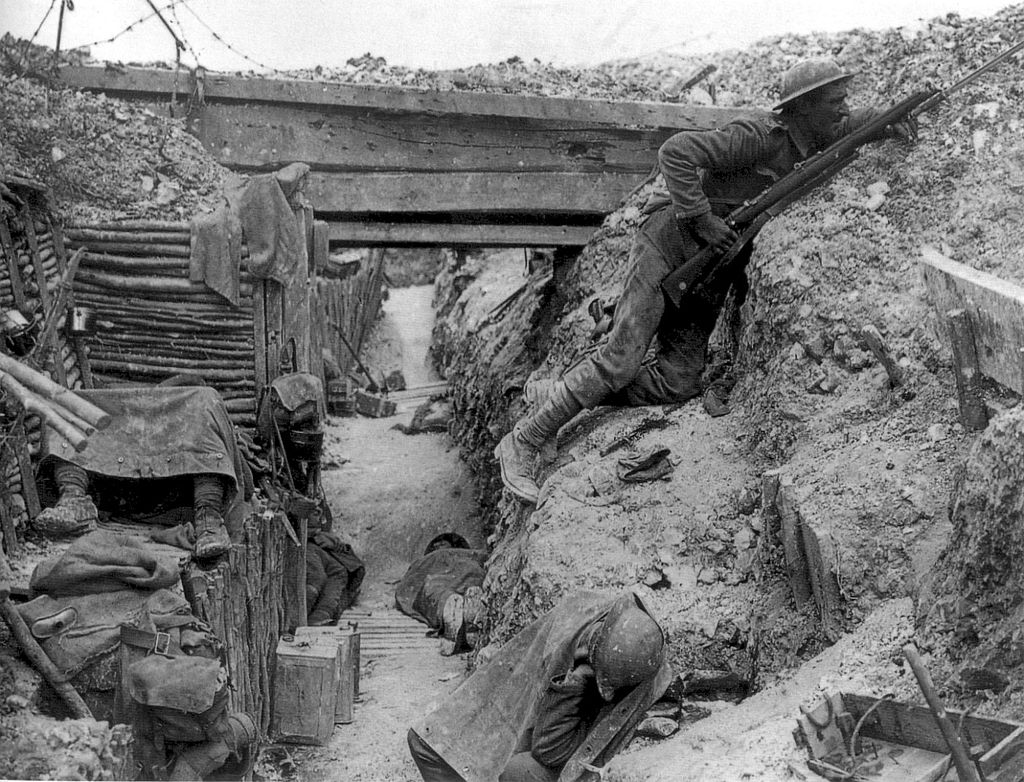We hear a lot about the male heroes of the frontline in World War I, but less has been written about the women who also served during that war. Women were involved in a wide number of organizations that were essential to the war effort. And in this article, we tell the story of organizations and people from Britain who played essential roles both on and near the frontline.
World War I heroine Edith Cavell
It emerged within the first few weeks of the outbreak of war that there was a great shortage of qualified nurses and others who could support with medical assistance in places such as field hospitals. Voluntary Aid Detachment (VAD) nurses were then sent from Britain to France but had to be over the age of 23. Many lied about their age so they could set out on an ‘adventure’ which proved to be a naïve mistake. Often, many women who ventured across the English Channel returned home as injured and broken as the men who were fighting at the Front.
When the nurses arrived in France life was far from enjoyable. After a long and grueling journey, they found old dwellings, a shortage of food, and uncomfortable surroundings.
Meanwhile, back in Britain many hospitals were set up in country estates; the most famous of these was probably the estate of the Duchess of Rutland and her daughter, socialite Lady Diana Cooper. Lady Cooper was a VAD nurse - when it suited her - if you believe reports from the time. However, this was not a unique case as many privileged and wealthy girls would volunteer for these services and many accounts have been told about how they would spend the day serving tea to the wounded and recuperating soldiers only to return home and have their own tea poured out by the parlor maid!
This was an experience that gave these privileged women a new outlook on life; it brought a whole new meaning to life as they realized that there was a freedom beyond the restrictions of an aristocratic existence. For many this sparked a turnaround in their lives and gave them a new found ambition to do something with their lives – one of the many turning points for the aristocracy during this period in time.
The same would be applied to the less privileged as they realized that they could play roles other than working in factories.
Alongside the VADs, there was another important organization called the First Aid Nursing Yeomanry (FANY). Members of the FANY would go to the Front and set up soup kitchens, drive ambulances, and work in field hospitals. Like the VADs, members of the FANY had to be at least 23. There were no formal regulations that they had to follow but they would salute an officer of rank just out of respect, although this was an optional formality.
Meanwhile, VADs were only human and made mistakes like the rest of us. Many unused to household chores didn’t know how to mop a floor properly, let alone make tea; however, they did more than act as nurses. Some went beyond the call of duty by composing letters home for the injured men. Many soldiers could not read or write so this provided a valuable service on what could always be their final contact with home.
Somebody who went even further beyond the call of duty was Edith Cavell. An experienced British nurse, she travelled to Belgium and whilst tending to the wounded, she also helped Allied servicemen escape to freedom from German-occupied Belgium. She was eventually caught doing this and was court martialed for her actions. Fondly remembered as a patriotic, brave woman, she famously said ‘I can’t stop while there are lives to be saved.’ Edith Cavell never received any formal decoration for her efforts before she was executed by a firing squad.
She was just one of the many brave heroines who strived to change lives in whatever small way they could.
By Ruth Roberts
























